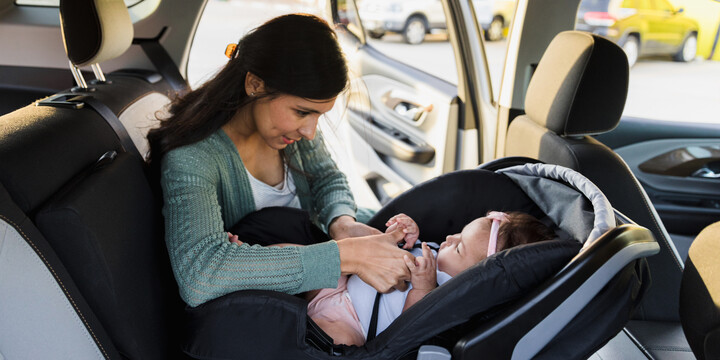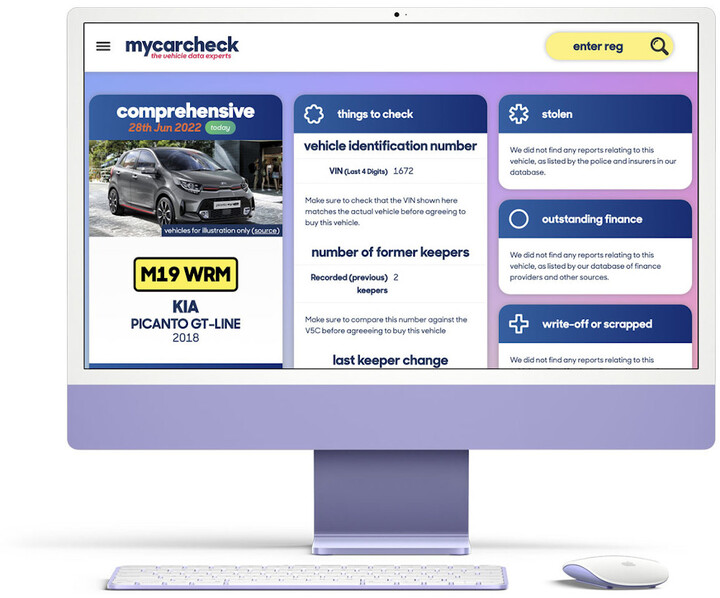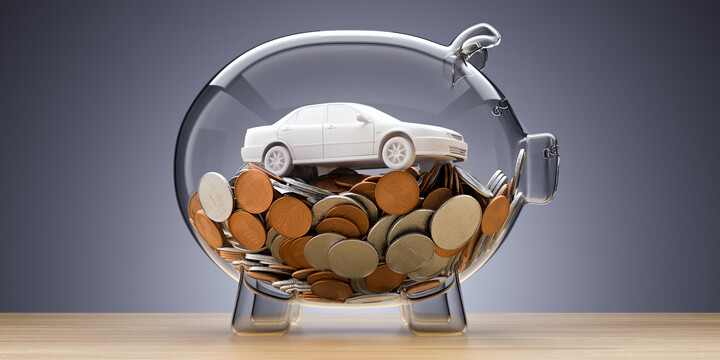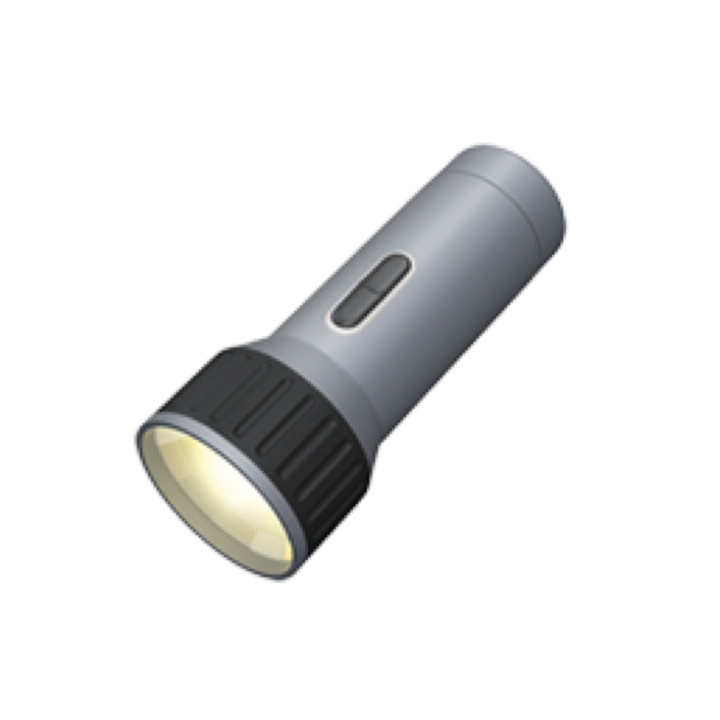
the lowdown on car seats: how to keep children safe while driving
FREE Car History Check
See MOT history, valuations, detailed specs and more… AND upgrade to see if any vehicle has been stolen, has finance or has been written off from just £4.99
Most parents want to do everything they can to keep their children safe, and that includes being extra cautious when driving. One of the best ways to protect kids while on the road is by using a car seat, but it's important to make sure you're using it correctly.
In the UK, there are strict laws in place regarding car seats and how they should be used. Here's a quick guide to help you make sure you're keeping your little ones safe while behind the wheel.
What types of car seats are available?
When it comes to car seats, there are three main types: rear-facing, forward-facing, and booster seats. The type of seat you'll need will depend on your child's age, weight, and height. It's important to read the labels on car seats carefully to make sure you're choosing the right one for your child.
Rear-facing seats are designed for infants and young toddlers. They should be used in the back seat of the vehicle, and they must be installed facing the rear of the car. These seats provide the best protection for young kids, as they help to distribute the force of a collision evenly throughout the seat.
Forward-facing seats can be used for children who have outgrown their rear-facing seats. Like rear-facing seats, these should also be installed in the back seat of the vehicle. However, they face towards the front of the car instead of the rear.
Booster seats are meant for older kids who have outgrown their forward-facing seats. These can be installed in the front or back seat of the car, but they should never be placed in the front seat if there is an active airbag. Boosters raise a child up so that the seatbelt fits them properly.
How do I install a car seat?
Installing a car seat correctly is crucial to keeping your child safe while driving. The first step is to find the right spot in your vehicle. The best place for a car seat is usually in the middle of the back seat, away from any airbags.
Next, you'll need to secure the seat to the car using either the lap belt or LATCH system (or both). The lap belt should be tight enough that you can't pinch any excess material, and the LATCH system should be snug but not too tight.
Finally, you'll need to make sure the car seat is installed at the right angle. Most car seats have a built-in level indicator that will tell you if it's properly positioned.
If you're ever unsure about how to install or use a car seat, don't hesitate to ask a professional for help. Many police stations and fire departments offer car seat safety checks, and there are also certified child passenger safety technicians who can give you guidance.
What is the legal requirement for car seats?
In the UK, it's mandatory for all children under the age of 12 to use a car seat. Children aged 12 and up can use a seatbelt, but only if they're tall enough (145 cm or 4 feet 9 inches).
It's important to note that these requirements are for private cars only. If you're using a taxi or other hired vehicle, different rules may apply.
What should I look for in a car seat for my child?
When you're shopping for a car seat, there are a few things you'll want to keep in mind. First, make sure the seat is appropriate for your child's age, weight, and height. Second, look for a seat that's easy to install correctly. And finally, choose a seat that's comfortable for your child to use.
There are a number of brands out there, all offering different features. Do some research to find the best car seat for your needs, and don't be afraid to ask for help from a salesperson or safety expert.
Remember, the most important thing is to make sure your child is properly restrained while you're behind the wheel. With the right car seat, you can help keep them safe in case of an accident.
Can you use ISOFIX in any car?
The ISOFIX system is a method of securing car seats to the vehicle using anchors instead of seatbelts. This makes it easier to install the seat correctly, and it also helps to keep the seat more securely in place during a collision.
Not all cars are compatible with ISOFIX, so you'll need to check your vehicle's owner's manual to see if it's an option for you. If your car doesn't have ISOFIX, you can still use a seatbelt to secure the car seat.
Keep in mind that even if your car has ISOFIX, you'll still need to use the seatbelt or LATCH system to properly secure the seat. The ISOFIX anchors are just an additional measure to help keep the seat in place.
What are the five most common car seat mistakes?
There are some common mistakes to be aware of when you install a car seat, including:
- Not securing the car seat properly
It is vital to install the seat properly to help keep your child safe. Always make sure to use both the seatbelt and LATCH system (or ISOFIX anchors if your car is compatible), and check that the seat is at the correct angle. - Putting the car seat in the wrong spot
The best place for a car seat is usually in the middle of the back seat, away from any airbags. - Not using the harness correctly
Make sure the harness straps are snug but not too tight, and that they're positioned correctly over your child's shoulders. The chest clip should also be fastened at armpit level. - Getting a used car seat
It's always best to buy a new car seat, as you can't be sure of the history of a used seat. If you do choose to buy second-hand, make sure to inspect it carefully for any damage and expiration date. - Not registering the car seat
Most car seats come with a registration card that you can fill out and send in. This will help the manufacturer contact you in case of a recall. Failing to register your seat could mean you miss out on important safety information. So be sure to keep your receipt and register the seat as soon as you can.
What are some tips for driving with kids in the car?
Whenever you're driving with children in the car, it's important to take extra care. Here are a few tips to help keep them safe:
- Make sure everyone in the car is buckled up correctly before starting to drive.
- Avoid distractions such as using your phone or looking at passengers in other cars.
- Follow the speed limit and drive defensively.
- Be extra cautious when backing up, turning, or changing lanes.
- If you have to stop suddenly, brake slowly to avoid jostling the car seat too much.
- Watch out for hazards such as potholes, obstacles in the road, and adverse weather conditions.
- Pull over if you or your child need a break.
By following these simple tips, you can help keep your child safe while driving. Always make sure to consult the car seat manual for specific instructions, and never hesitate to ask for help if you're unsure of something. With a little care and attention, you can ensure a safe ride for everyone in the family.




















